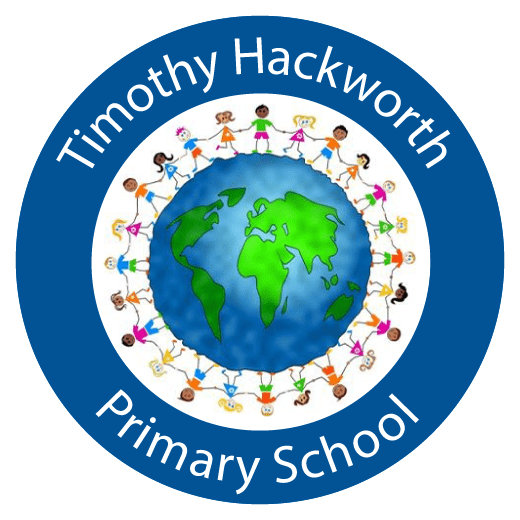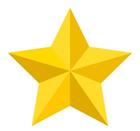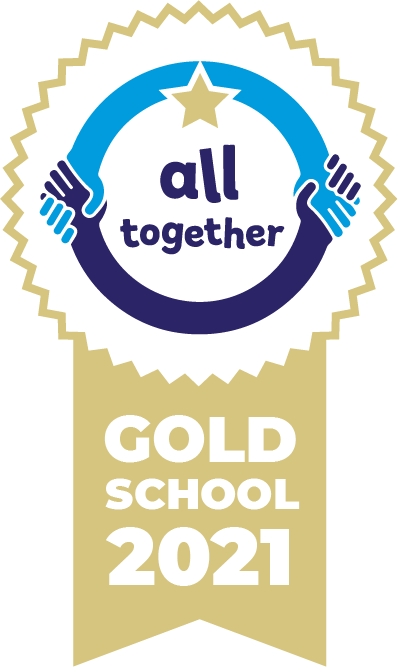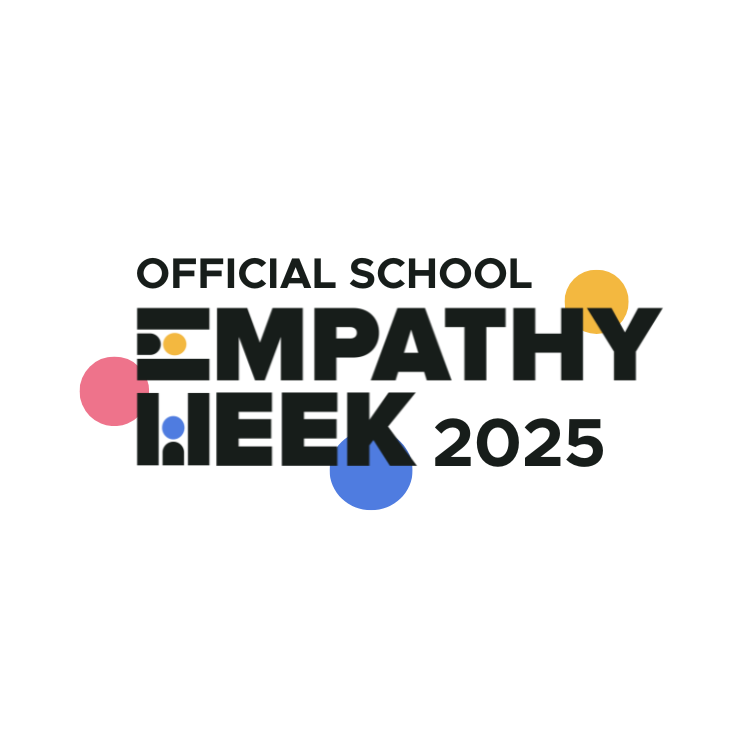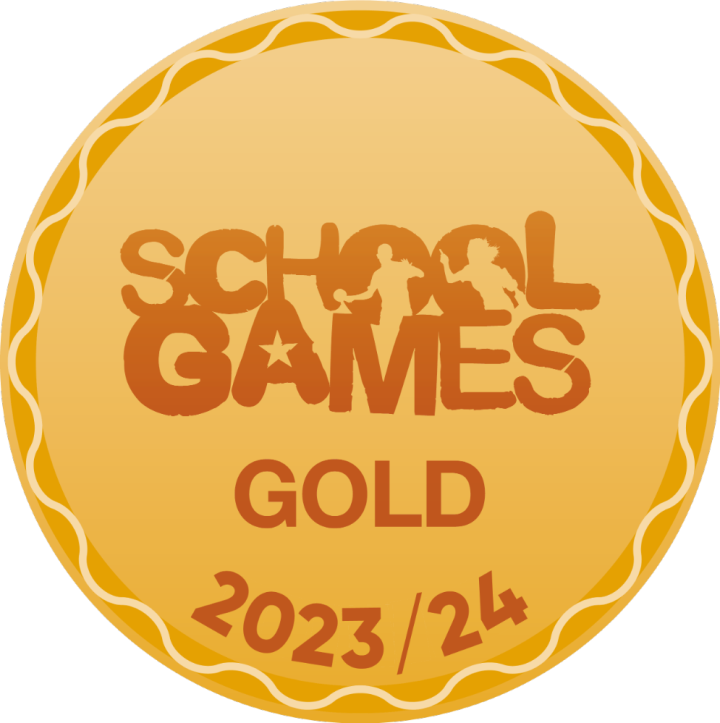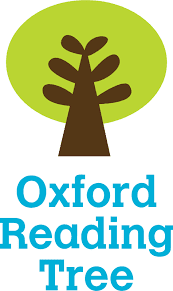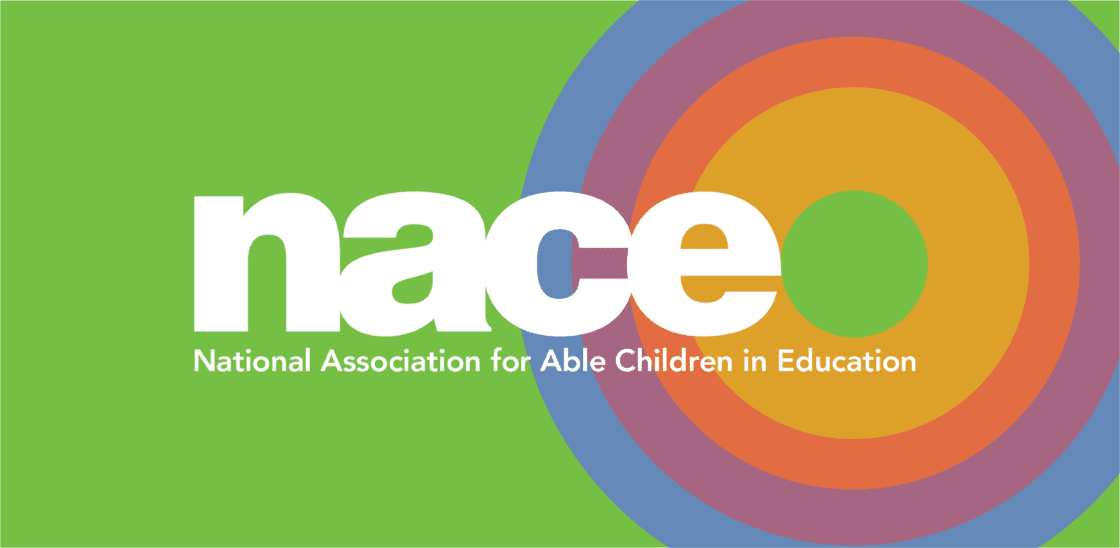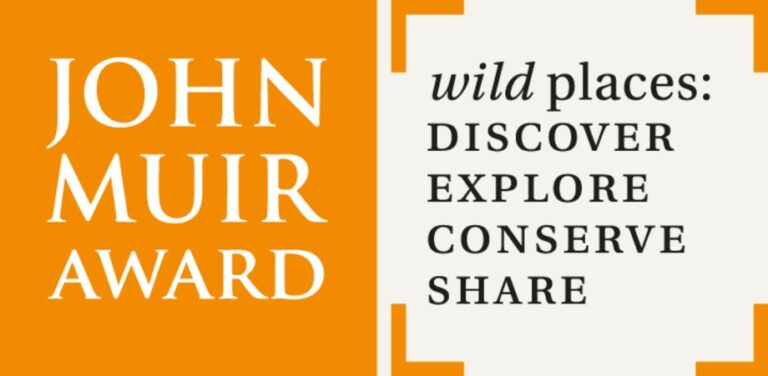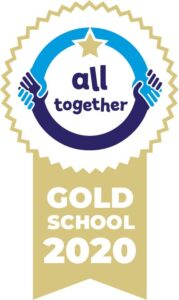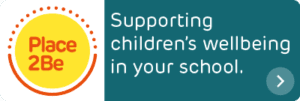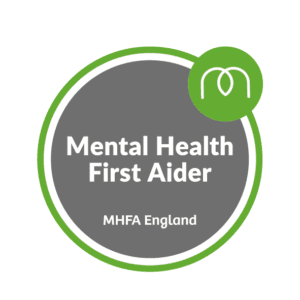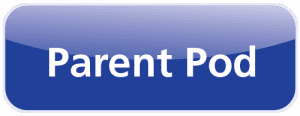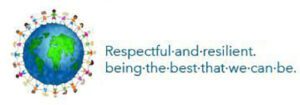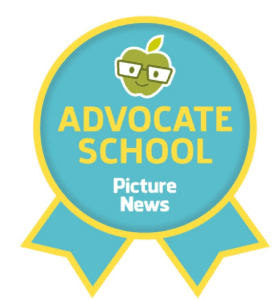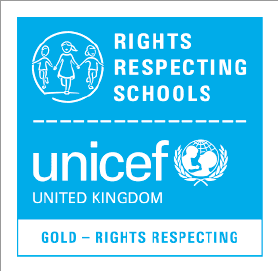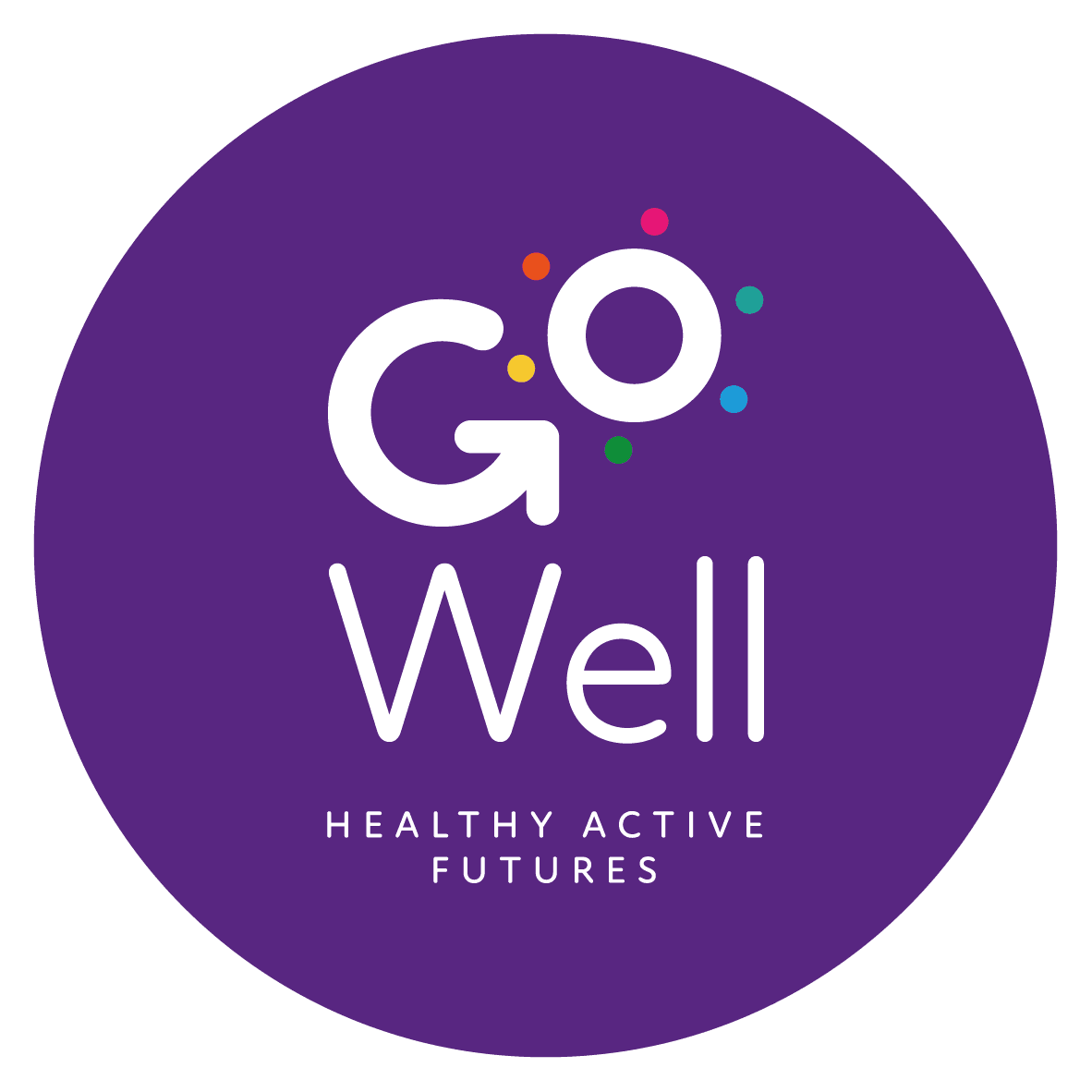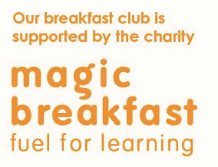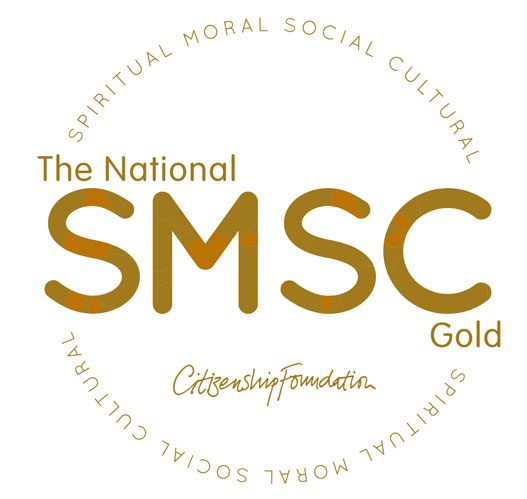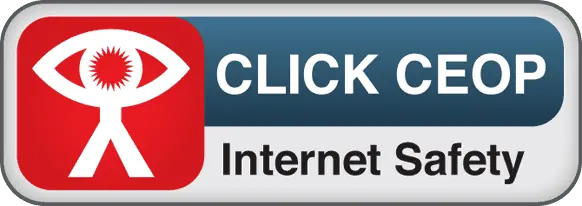Physical Education
This should be read in conjunction with the CRC and Respectful Relationships Policy.
CRC Article 28: All children have the right to a good quality education.
All policy and practice in Timothy Hackworth Primary School respects children’s dignity.
Intent
In line with the National Curriculum for PE, Timothy Hackworth Primary aims to ensure that all pupils develop skills in a broad range of physical activities, which in turn, has a positive impact on their physical health and mental wellbeing.
We aim to ensure that all pupils are physically active for sustained periods of time to develop stamina. We engage in competitive sports and activities including athletics and football, and aim to embed the values of fairness and respect. We aim to ensure that all of our pupils lead healthy, active lives. We aim to ensure that children understand that physical health and mental wellbeing are interlinked and that good physical health contributes to good mental wellbeing. We want our children to be confident to seek help and know how to get help if they are concerned about their physical health or mental wellbeing.
Physical activity and essential movement opportunities are of paramount importance for children to develop the basic fundamental movement needed within everyday life and learning. Physical Education isn’t only about the pupils being physically active; children learn about the lifelong benefits of exercise on their own mental wellbeing. The subject allows for the learner’s physical, cognitive, creative, social and personal development alongside the development of their own health and wellbeing.
Through a high quality, safe and challenging PE programme, the school aims to develop successful learners, confident, healthy individuals and responsible citizens who develop as independent enquirers, creative thinkers, reflective learners, team workers, self-managers and effective participators. Our PE program will inspire pupils to succeed and excel in competitive sport and other physically demanding activities.
We aim to:
- engage our pupils in moderate to vigorous physical activity for an average of at least 60 minutes per day. This can include all forms of activity such as physical education, active travel, after-school activities, play and sports;
- engage pupils in a variety of types and intensities of physical activity to develop movement skills, muscular fitness and bone strength;
- minimise the amount of time spent being sedentary, and when possible, long periods of not moving are broken up with light physical activity;
- teach pupils about being physically active for sustained periods of time alongside the mental and physical benefits of an active lifestyle;
- teach pupils the knowledge and skills to move efficiently and progress their skills and fitness in a positive way;
- provide a balance of competitive and non-competitive activities through intra and inter school events;
- inspire all pupils to succeed and excel in competitive sport and other physically demanding activities;
- provide opportunities for pupils to become physically confident in a way which supports their health and fitness;
- to open the eyes of children to the wide range of opportunities which they are able to access, leading to their own personal choices of physical activity, for example, yoga, judo, golf and fencing;
- provide opportunities to compete in sport and other activities which build character and embed values such as fairness and respect;
- involve pupils in monitoring their own activity levels;
- require pupils to set and review targets to help them to meet the recommended levels of physical activity;
- inform pupils where and how they can be active, for example, in and around the home, and the local area;
- promote healthy active lifestyles through:
- pupils understanding that mental wellbeing is a normal part of daily life in the same way as physical health;
- pupils knowing the risks associated with an inactive lifestyle (including obesity);
- pupils knowing how and when to seek support, including which adults to speak to in the school if they are worried about their health;
- ensure that ALL pupils enjoy and benefit from PE and school sport. We establish community links and pathways for pupils to engage in life-long participation.
We also strongly promote the key messages of the Health Position Paper (Association for Physical Education – updated 2020):
- health is holistic and multi-dimensional. It should not be reduced to focus on weight, size and shape;
- PE provides an inclusive learning entitlement to ensure that all children are provided opportunities to gain competence in a broad, balanced range of physical activities;
- children are helped to enjoy being active, and feel confident and comfortable in a physical context so they are more likely to choose to be active in their own time;
- PE provides opportunities for physical, mental, social, personal and creative development and health benefits.
Implementation
Our whole school PE Curriculum Overview and the QCA Core Tasks for each year group cater for the full range of abilities. Our PE Curriculum is based upon the National Curriculum 2014. From this, sequences of learning are carefully planned and developed so that new skills and knowledge are built upon previous skills and knowledge to enable consolidation and progression. Relevant links are also made to the DfE 2019 document (updated 2021), ‘Relationships Education, Relationships and Sex Education (RSE) and Health Education’, in order to develop pupils’ physical health and mental wellbeing.
All year groups will cover all PE strands: games, gymnastics, dance, athletics and outdoor and adventurous activities, including objectives related to physical health and mental wellbeing. Lessons will be based upon QCA Core Tasks. These will be supplemented by other resources from Durham LA and other sources. At points during the year, each year group will receive at least one block of 5-week specialist coaching provided by Go Well. This will replace the unit on our whole school curriculum overview and will change year on year. For more information about teachers working with coaches across the curriculum, please refer to Appendix 1.
As part of our school’s involvement in the Go Well Programme and wider enrichment opportunities, pupils are provided with a range of PE, Sports and Fitness opportunities delivered by sports coaches and school staff. Children have the opportunity to attend festivals, after school clubs, for example Table Tennis Club, and competitive sport events, for example, Football League. Children in Year 4 go swimming in the Autumn and Spring Terms. There is a block in the Summer Term which is dedicated to Top-Up swimming for Year 5 and Year 6. Children are expected to swim 25 metres confidently and competently. Children also learn self-rescue techniques along with water safety.
PE in Foundation Stage
In the EYFS there are three Characteristics of Effective Learning:
• playing and exploring – children investigate and experience things, and ‘have a go’;
• active learning – children concentrate and keep on trying if they encounter difficulties, and enjoy achievements;
• creating and thinking critically – children have and develop their own ideas, make links between ideas, and develop strategies for doing things.
We follow The Programme of Study (taken from the new Statutory framework 2023). We think that physical activity is vital in children’s all-round development, enabling them to pursue happy, healthy and active lives. Gross and fine motor experiences develop incrementally throughout early childhood, starting with sensory explorations and the development of a child’s strength, co-ordination and positional awareness through tummy time, crawling and play movement with both objects and adults. By creating games and providing opportunities for play both indoors and outdoors, adults can support children to develop their core strength, stability, balance, spatial awareness, co-ordination and agility. Gross motor skills provide the foundation for developing healthy bodies and social and emotional well-being. Fine motor control and precision helps with hand-eye co-ordination, which is later linked to early literacy. Repeated and varied opportunities to explore and play with small world activities, puzzles, arts and crafts and the practice of using small tools, with feedback and support from adults, allow children to develop proficiency, control and confidence.
‘Physical Development’ has three Early Learning Goals: ‘Gross Motor Skills’, ‘Fine Motor Skills’ along with ‘Personal, Social and Emotional Development’.
The Early Learning Goals for ‘Gross Motor Skills’ are to:
- negotiate space and obstacles safely, with consideration for themselves and others;
- demonstrate strength, balance and coordination when playing;
- move energetically, such as running, jumping, dancing, hopping, skipping and climbing.
The Early Learning Goals for ‘Fine Motor Skills’ are to:
- hold a pencil effectively in preparation for fluent writing – using the tripod grip in almost all cases;
- use a range of small tools, including scissors, paint brushes and cutlery;
- begin to show accuracy and care when drawing.
The Early Learning Goals for ‘Personal, Social and Emotional Development’ are to:
- be confident to try new activities and show independence, resilience and perseverance in the face of challenge;
- explain the reasons for rules, know right from wrong and try to behave accordingly;
- manage their own basic hygiene and personal needs, including dressing, going to the toilet and understanding the importance of healthy food choices.
The EYFS also use the statements from Development Matters (non-statutory guidance). Three and four year olds learn to:
- develop their movement, balancing, riding (scooters, trikes and bikes) and ball skills;
- go up steps and stairs, or climb up apparatus, using alternate feet;
- skip, hop, stand on one leg and hold a pose for a game like musical statues;
- use large-muscle movements to wave flags and streamers, paint and make marks;
- increasingly be able to use and remember sequences and patterns of movements which are related to music and rhythm;
- collaborate with others to manage large items, such as moving a long plank safely, carrying large hollow blocks;
- use one-handed tools and equipment;
- use a comfortable grip with good control when holding pens and pencils;
- show a preference for a dominant hand;
- be increasingly independent as they get dressed and undressed.
Following on from this, children learn to:
- revise and refine the fundamental movement skills they have already acquired: rolling, crawling, walking, jumping, running, hopping, skipping and climbing;
- progress towards a more fluent style of moving, with developing control and grace;
- develop the overall body strength, co-ordination, balance and agility needed to engage successfully with future physical education sessions and other physical disciplines including dance, gymnastics, sport and swimming;
- develop their small motor skills so that they can use a range of tools competently, safely and confidently;
- use their core muscle strength to achieve a good posture when sitting at a table or sitting on the floor;
- combine different movements with ease and fluency;
- confidently and safely use a range of large and small apparatus indoors and outside;
- develop overall body-strength, balance, co‑ordination and agility. Further develop and refine a range of ball skills including: throwing, catching, kicking, passing, batting, and aiming;
- develop confidence, competence, precision and accuracy when engaging in activities that involve a ball;
- develop the foundations of a handwriting style which is fast, accurate and efficient.
The children have access to a wide range of equipment within the indoor and outside environments to help the children to develop their manipulative skills, hand-eye co-ordination and general physical co-ordination. Adult focus tasks and child-initiated learning help the children to gain control, mobility and an awareness of space.
All children take part in regular timetabled activities; these include movement to music and rhymes, physical games, sometimes with the use of small apparatus and large apparatus work using age-appropriate climbing and soft play equipment. Reception children also have a block of coaching and this focuses on fundamental movement skills.
There is an ongoing focus on personal hygiene and healthy choices, for example, through Snack Time, Toilet Time, changing for P.E. and in food preparation and cooking tasks. The children are supervised as they learn to use a range of tools safely and through managing their own hygiene needs. First hand experiences, such as meeting local dentists, PCSOs and School Crossing Patrol Staff, reinforce the children’s right to be safe and healthy.
There are opportunities for children to face new challenges, to learn about risk and to manage some risks within a safe environment. Children are helped to understand that exercise, healthy food choices, sleeping and hygiene can contribute to good health.
PE in KS1 and KS2
PE lessons are timetabled weekly. Learning is matched to the needs of the children. Our teaching sequence is based upon the QCA Core Tasks. These will be supplemented by other resources from Durham LA and other sources. The units build skills progressively across all four strands of PE: acquiring and developing skills; selecting and applying skills; evaluating and improving; and knowledge and understanding of fitness and health. Staff use knowledge of their pupils to strengthen their planned lesson delivery to allow pupils the progressive accumulation of skill and knowledge. Pupils should recognise, use and articulate the knowledge and physical skill-based understanding between lessons, across units of work, across year groups, and across areas of learning. They should be involved in embedded Assessment for Learning strategies that support meaningful evaluation of their own achievements.
| Year 1/ 2 | Year 3 | Year 4 | Year 5 | Year 6 | |
| Autumn 1 | Piggy in the Middle – Games | Three Touch Ball – Games | Target Baggers – Games | Calling the Shots – Invasion Games | Tag Rugby – Games |
| Autumn 2 | Gone Fishing – Outdoor and Adventure | Partner Work – Gymnastics | Indian Delight- Dance | Acrobatic Gymnastics | Group Dynamic Gymnastics |
| Spring 1 | How Does it Feel – Dance | Run the Loop– Games | On The Attack- Games | What’s So Funny? – Dance | Fitness Routine – Dance |
| Spring 2 | Gymnastics – Unit 2 | Round the Clock – Dance | Balancing Act- Gymnastics | Zone Cricket – Games | Wide Attack – Games |
| Summer 1 | Mini Tennis – Games | Safely cross– Outdoor and Adventure | Where Am I?- Outdoor and Adventure | Crystal Star Challenge – Outdoor and Adventure | Distance Challenge – Athletics |
| Summer 2 | Colour Match – Athletics | Off Up and Away – Athletics | Faster Higher Further- Athletics | 3 Jump Challenge – Athletics | Electric Fence- Outdoor and Adventure |
The planning and delivery of each unit will ensure that each pupil will have the opportunity to:
- revisit and reinforce skills previously taught;
- acquire and develop new skills;
- select and apply appropriate skills, tactics and compositional ideas;
- evaluate their own and others’ performance in order to improve;
- gain knowledge and understanding of how PE and Sport contributes to staying physically, mentally and emotionally healthy;
- experience a range of roles – performer/coach/official/leader;
- develop their personal, social and health education.
Planning to meet the needs of all children should be based on the S.T.E.P. principles, for example, making changes to SPACE, TASK/TIME, EQUIPMENT and PEOPLE, taking account of:
- SPACE: the size of the area in which a pupil works: smaller spaces until pupils develop spatial awareness and control over themselves and equipment; larger spaces to challenge more able pupils;
- TASK/TIME: pupil activity, for example, a different task, different roles and responsibilities, different allocations of time and variations of pace within the lesson to meet the needs of different levels of ability;
- EQUIPMENT: equipment for different levels of ability across the key stages, for example, a larger or a smaller ball;
- PEOPLE: mixed ability groups; or paired or individual activities; the opportunity to work with adult support where needed.
Physical Health and Mental Wellbeing is incorporated into planning each half-term as part of a spiral curriculum so that children have the opportunity to revisit key objectives every year.
Active 30
The Government Childhood Obesity Strategy has set out the ambition for all children to achieve one hour of physical activity every day, with schools being responsible for delivering 30 of these active minutes.
We have the ambition to help children attending our school reduce sedentary behaviour and increase physical activity outside of timetabled curriculum PE.
This will be achieved in a variety of ways, for example;
- by timetabling daily Active 15 sessions which seek to promote raising physical activity levels in children;
- by having active environments accessible during break times;
- by having active break times and lunch times (supported by staff);
- by providing active lessons;
- by using resources such as BBC ‘Super Movers’;
- by the provision of a wide range of after school sport and physical activities;
- by the provision of a variety of inter and intra school competitions;
- by giving further opportunities to less active children.
Out of School Hours Learning
The aims of our after school learning provision are to extend and enrich the work being taught during curriculum PE and to provide pupils with opportunities to enable them to develop their skills further. The provision will reinforce the importance of keeping physically active and mentally healthy in order to lead a healthy lifestyle.
To ensure the quality and sustainability of our after school learning provision, the school will:
- employ a range of qualified and experienced coaching staff and implement quality assurance through the subject leader and Go Well;
- ensure that the subject leader takes responsibility for forging strong local community club links, for example, organising club coaches to visit school;
- organise club taster days;
- advertise and promote clubs provided by external providers;
- inform pupils and parents of the range of available opportunities and upcoming events.
Safety – Safe Teaching, Teaching Safety
This PE and Sport Policy is in line with school and Durham County Council guidance. The subject leader will work alongside the Health and Safety Lead within school.
In summary, Timothy Hackworth Primary School will:
- provide a risk assessment where necessary;
- identify any potential hazards;
- decide if anyone is at risk;
- evaluate any potential risk;
- record any findings;
- devise control measures to minimise any risk;
- liaise appropriately with those affected;
- periodically review any risk assessments in place as detailed on the relevant documentation.
From the youngest age, pupils will be encouraged to look around them and identify possible risks and related considerations. The pupils will have learning experiences, appropriate to their age, that enable them to plan and manage their own activities safely. The importance of safety in PE is stressed immediately when pupils enter the school and pupils are continually reminded of the need to look after themselves and others whenever they are participating in PE, sport or playing in the playground.
Equipment & Resources
The equipment suitability is reviewed to ensure it is appropriate to the range of ages, abilities and needs of children in order to enhance learning.
To ensure that a wide range of P.E. and Sports resources are available, the P.E. equipment is regularly monitored and replenished annually as appropriate.
Equipment is purchased to reflect the range of P.E. and Sports on offer.
Large apparatus and P.E. mats are inspected annually in line with DCC Health and Safety procedures.
Clothing and Personal Effects
- Clothing and correct attire for a particular activity represent important features of safe practice that apply in equal measure to both staff and pupils.
- Staff should always endeavour to change for physical education, wear suitable footwear and clothing for practical activities and remove any personal effects, such as jewellery, to minimise the likelihood of causing or receiving injury.
- Pupils from the earliest ages should change into suitable clothing for PE so that they can participate safely. In addition, changing is an important life skill.
- Footwear that is fit for purpose is essential. It should demonstrate effective grip, support and reasonable protection for outside work and games, contrasting with lightness and flimsiness for indoor activities such as gymnastics and dance, if worn.
- Personal effects, such as jewellery, watches and hair slides, should always be removed by pupils before participating in physical activity. Religious artefacts should be removed where this is possible. Any exception to the recommendation of complete removal needs to be carefully considered and always comply with a suitable risk assessment.
P.E. Kit
- Black jogging bottoms
- Plain blue or black shorts
- Plain white round-necked t-shirt
- Black plimsolls (for indoor P.E.)
- Trainers (for outdoor P.E.)
- Children may wear their school cardigans or sweaters if the weather is cold.
Swimming Kit
- Swimming trunks or a simple one-piece swimming costume
- Swimming hat
- Towel
Any child missing P.E. would need to bring a letter from a parent or carer.
Impact
Impact is measured by the child’s progress against their expected outcomes and their ability to meet the key aims of the National Curriculum for Physical Education. The impact of our school approach will enable our pupils to:
- fulfil their potential, develop competence and control in the gross and fine motor skills that pupils need to take part in P.E. and Sport;
- apply their competence and make appropriate decisions for themselves, selecting and using skills, tactics and compositional ideas;
- use imaginative ways to express and communicate ideas, solve problems and overcome challenges, both as individuals and as part of a team or group;
- understand that P.E. and Sport are an important part of a healthy, active lifestyle and understand the contribution that physical activity has on having a healthy body and good mental wellbeing;
- develop stamina, flexibility, strengthand the mental capacity (determination and resilience) to keep going and not to give up;
- make informed choices about how to get involved in lifelong physical activity;
- have the confidenceto get involved in P.E. and Sport and to be committed to making it a central part of their lives both in and out of school;
- take part in competitions appropriate to the stage of the individual pupil’s development;
- enjoy P.E. and Sport and to be enabled to be involved with opportunities in the community so that they engage in life-long participation;
- reflect upon their performance; plan, perform and evaluate their actions, ideas and performances;
- work as individuals, in groups and in teams, and to develop concepts of fairness, respect and of personal and social responsibility;
- be involved in the process of risk management, so that they understand their responsibility in this, in order for them to participate independently in physical activity and to establish good habits and awareness of safety and personal hygiene.
